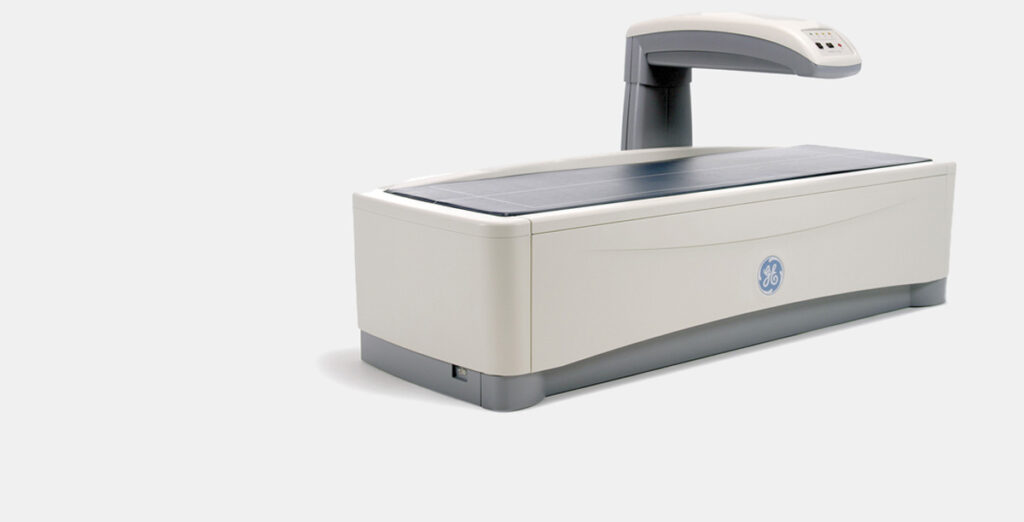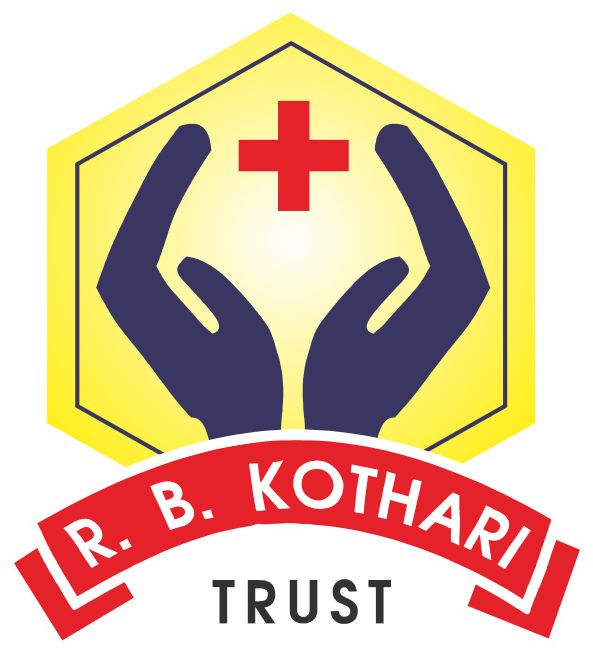Bone Mineral Density

Bone density, or bone mineral density, is the amount of bone mineral in bone tissue. The concept is of mass of mineral per volume of bone (relating to density in the physics sense), although clinically it is measured by proxy according to optical density per square centimetre of bone surface upon imaging. Bone density measurement is used in clinical medicine as an indirect indicator of osteoporosis and fracture risk. It is measured by a procedure called densitometry, often performed in the radiology or nuclear medicine departments of hospitals or clinics. The measurement is painless and non-invasive and involves low radiation exposure. Measurements are most commonly made over the lumbar spine and over the upper part of the hip.[2] The forearm may be scanned if the hip and lumbar spine are not accessible.
There is a statistical association between poor bone density and higher probability of fracture. Fractures of the legs and pelvis due to falls are a significant public health problem, especially in elderly women, leading to substantial medical costs, inability to live independently and even risk of death. Bone density measurements are used to screen people for osteoporosis risk and to identify those who might benefit from measures to improve bone strength.
Wipro GE Lunar Prodigy
High performance, efficient and reliable DXA system with the versatility to offer bone density test and body composition analysis
- Advanced Skeletal Assessment
- Advanced Body Composition Assessment
- Pediatric Measurements
- Multi-User Database
Visceral and Subcutaneous Adipose Tissue results are available using the optional CoreScan application. Use this tool to gain greater insights into body composition and use trending to see changes over time.
Integrated Trabecular Bone Score (TBS)
Using this optional Trabecular Bone Score (TBS) application, a DXA AP Spine scan can be used to assess bone micro-architecture. TBS can provide a greater understanding of the quality of bone (in addition to quantity of bone provided by BMD), to offer additional information for insights into patient bone health. Combined with BMD and FRAX, TBS is especially useful for assessing patients that have a BMD that is borderline for osteoporosis.
Courtesy: GE Healthcare

